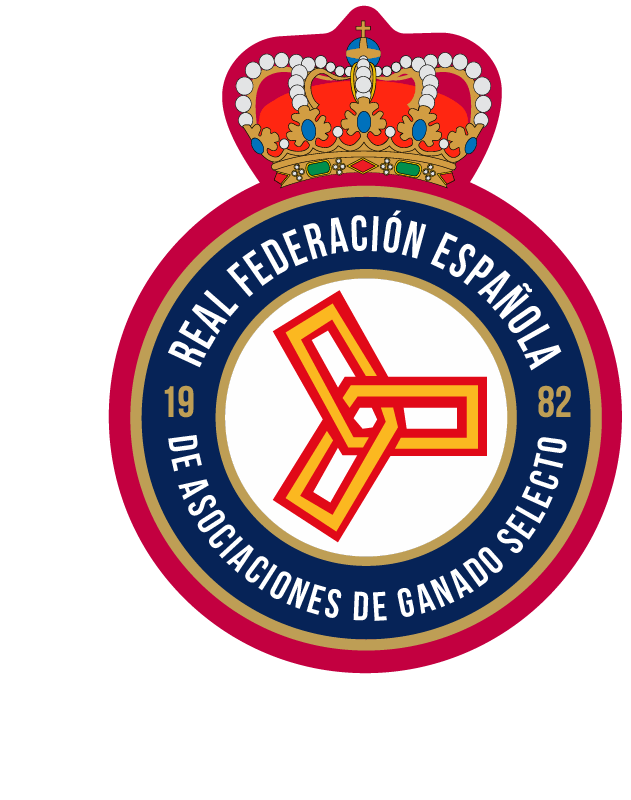GENERAL CHARACTERISTICS
The Assaf sheep breed is made up of white animals, with animals that may have red or black colouring on the face and limbs, with a subconvex profile and a large size. Horns may be present. The ears are large, long and wide and fall laterally.
The neck is long and strong, muscular, sometimes with longitudinal folds in the skin.
The trunk is broad, with slightly arched ribs, withers not prominent, broad, slightly sloping croup ending in a semi-fat tail.
The limbs are strong of medium length in proportion to the trunk, joints. The hooves are symmetrical and hard.
The mammas are well implanted, symmetrical and devoid of wool. The testicles are symmetrical in size and position, with the skin of the pouches completely devoid of wool.
The fleece is semi-open and white in colour. It extends over the entire body surface, exposing the limbs below the knee and the head. The coat is white, with some animals having more or less marked red to black colouring.
The average size of females is between 70 and 80 kilos and males between 90 and 110 kilos.
PRODUCTION CHARACTERISTICS AND EXPLOITATION SYSTEMS
The Assaf breed currently represents the majority of dairy sheep in the Castilla y León region, accounting for 66.3% of the sheep’s milk produced in Spain.
Assaf ewes are characterised by their high milk production, with average long lactations of 210 days and often more, and are well adapted to mechanical milking. The average standardised production in official controls at 150 days of lactation is 350 litres (2.2 litres/day), with an average milk composition of 6.2% fat, 5.3% protein.
GEOGRAPHICAL DISTRIBUTION
Distribution is centred in Castilla y León. In addition, there are also a significant number of animals in the Communities of Madrid, Navarra, Castilla la Mancha and Community of Valencia.

INFORMATION
 Tell us about your characteristics and needs so that we can offer you the solution that best suits your context. Contact us if you have any clarifications or suggestions for products or services that you need.
Tell us about your characteristics and needs so that we can offer you the solution that best suits your context. Contact us if you have any clarifications or suggestions for products or services that you need.
Presupuesto total: 543.404,60 euros. Cofinanciado UE al 80% por el Fondo Europeo Agrícola de Desarrollo Rural- FEADER y al 20% por el MAPA. La Dirección General de Desarrollo Rural, Innovación y Formación Agroalimetnaria (DGDRIFA) es la autoridad de gestión encargada de la aplicación de la ayuda FEADER y nacional correspondiente.
https://ec.europa.eu/info/eu-
Creación de una base y estructura de comercialización e internacionalización de material genético de razas puras españolas mediante análisis de la situación actual y elaboración de plan estratégico para la exportación. El objetivo es desarrollar un análisis estratégico de la internacionalización y desarrollo de estructura y protocolos de comercialización del material genético según demanda y requisitos de países objetivos para las razas participantes del proyecto y para el conjunto de la cabaña ganadera España. Organismo responsable de contenido: miembros del GO EXPORTGEN.
 Tell us about your characteristics and needs so that we can offer you the solution that best suits your context. Contact us if you have any clarifications or suggestions for products or services that you need.
Tell us about your characteristics and needs so that we can offer you the solution that best suits your context. Contact us if you have any clarifications or suggestions for products or services that you need.
Presupuesto total: 543.404,60 euros. Cofinanciado UE al 80% por el Fondo Europeo Agrícola de Desarrollo Rural- FEADER y al 20% por el MAPA. La Dirección General de Desarrollo Rural, Innovación y Formación Agroalimetnaria (DGDRIFA) es la autoridad de gestión encargada de la aplicación de la ayuda FEADER y nacional correspondiente.
https://ec.europa.eu/info/eu-
Creación de una base y estructura de comercialización e internacionalización de material genético de razas puras españolas mediante análisis de la situación actual y elaboración de plan estratégico para la exportación. El objetivo es desarrollar un análisis estratégico de la internacionalización y desarrollo de estructura y protocolos de comercialización del material genético según demanda y requisitos de países objetivos para las razas participantes del proyecto y para el conjunto de la cabaña ganadera España. Organismo responsable de contenido: miembros del GO EXPORTGEN.









